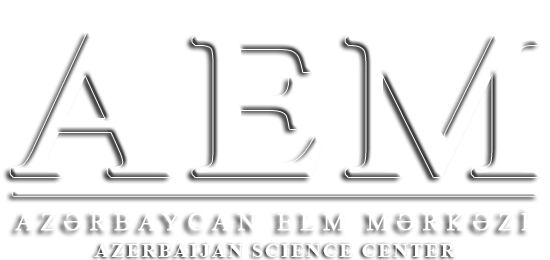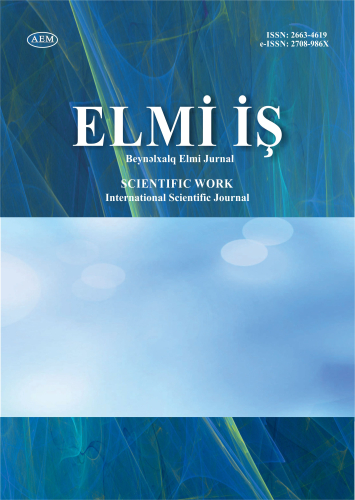DOI: https://doi.org/10.36719/2663-4619/92/24-29
Nargiz Kerimova
Khazar University
dissertant
nargiz.karimova2021@khazar.org
GENERAL THEORETICAL PROBLEMS OF TEXT LINGUISTICS
Abstract
In textual research, it is preferable to study the text from the structural, semantic and functional sides. Any linguistic work is a text that serves as a means of human communication, in the text there are elements of discourse, and in discourse there are elements of text. These two concepts are subject to the law of interpenetration, discourse and text are considered as two opposite sides of one essence. In addition to conjunctions, verb-adjective compounds, in short, various grammatical forms, logical, associative, stylistic, compositional-structural, rhythmic (melodic, tonal, etc.) means also participate in the organization of the text. Text-forming means can be divided into two parts: 1) formally expressed or meaningful text elements; 2) text links indicating the sequence of the first or second means of nomination and allowing to identify the subject of speech and determining the step-by-step sequence of the information. The article describes the role of linguistic linkage or cohesion. Different classifications of types of cohesion are analyzed in the article.
Keywords: text, cohesion, textual linguistics, communication, word, sentence, discourse
Nərgiz Kərimova
Xəzər Universiteti
dissertant
nargiz.karimova2021@khazar.org
Mətn dilçiliyinin ümumi nəzəri problemləri
Xülasə
Mətn tədqiqatında mətnin struktur, semantik və funksional tərəflərdən öyrənilməsinə üstünlük verilir. İstənilən linqvistik əsər insanların ünsiyyət vasitəsi kimi xidmət edən mətndir, mətndə diskurs elementləri, diskursda isə mətn elementləri var. Bu iki məfhum bir-birinə nüfuz etmə qanununa tabedir, diskurs və mətn bir mahiyyətin iki əks tərəfi kimi qəbul edilir. Mətnin təşkilində bağlayıcılarla yanaşı, fel-sifət birləşmələri, bir sözlə, müxtəlif qrammatik formalar, məntiqi, assosiativ, üslubi, kompozisiya-struktur, ritmik (melodik, tonal və s.) vasitələr də iştirak edir. Mətn yaradan vasitələri iki hissəyə bölmək olar: 1) formal ifadə olunan və ya mənalı mətn elementləri; 2) birinci və ya ikinci nominasiya vasitələrinin ardıcıllığını göstərən və nitq mövzusunu müəyyən etməyə imkan verən və məlumatın addım-addım ardıcıllığını təyin edən mətn əlaqələri. Məqalə koheziyanın rolu təsvir edilir. Məqalədə həmçinin koheziya növlərinin müxtəlif təsnifatları təhlil edilir.
Açar sözlər: mətn, koheziya, mətn linqvistikası, ünsiyyət, söz, cümlə, diskurs

